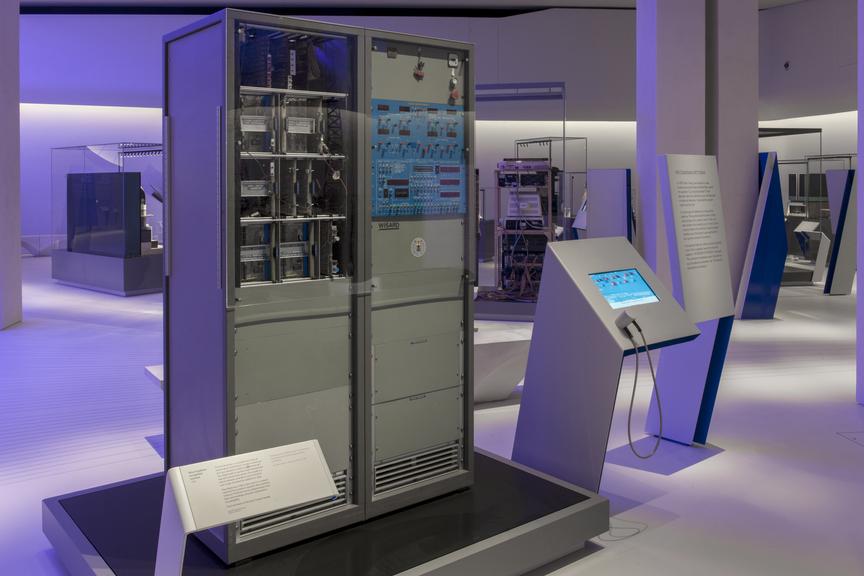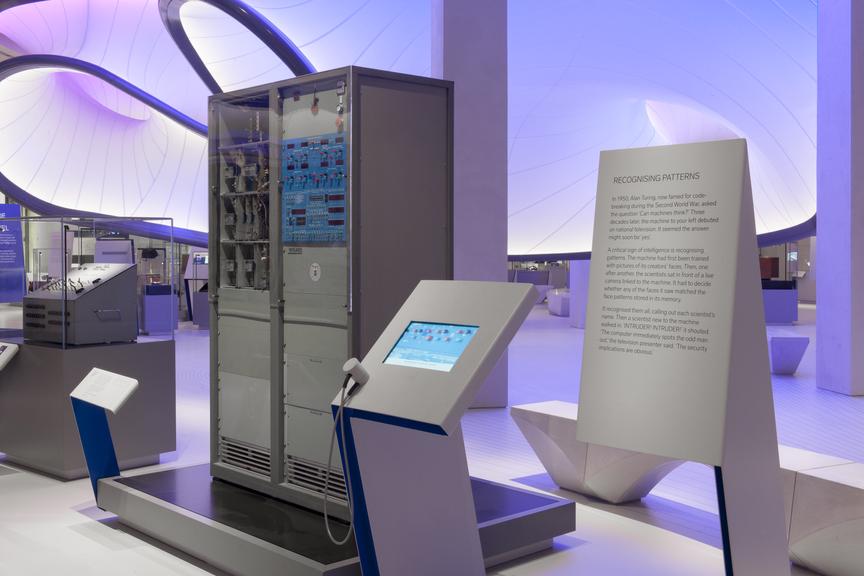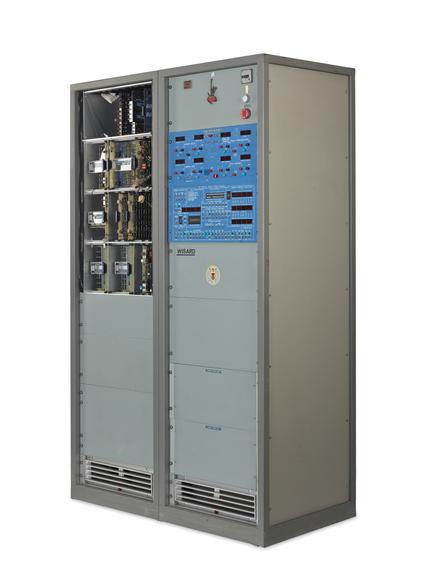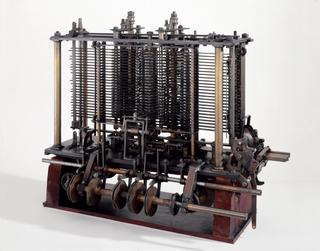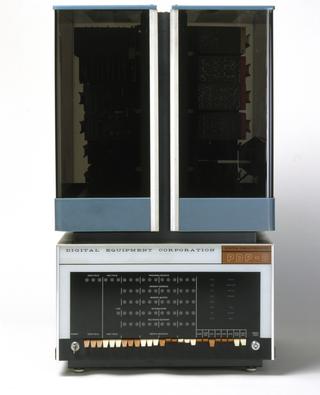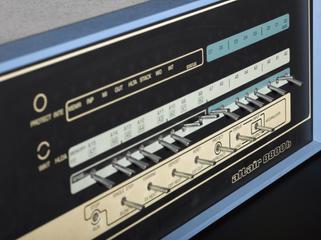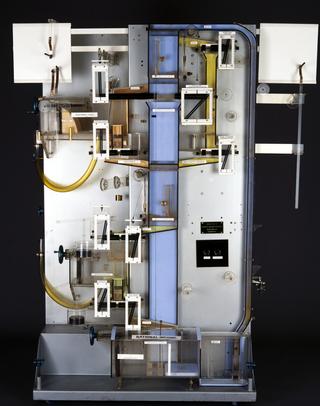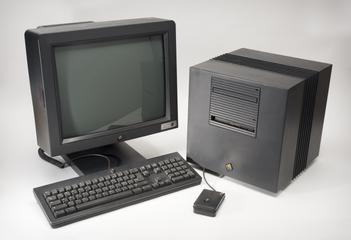CRS WISARD
Artificial intelligence (neural network) computer built for pattern recognition 1981 (WISARD)
More
Wisard was a pattern-recognition machine that could recognise individual human faces. In 1981 it was one of the world’s first applications of an artificial neural networks. It was completed by Igor Aleksander and his colleagues John Stonham, Bruce Wilkie and Eric Conant at Brunel University.
Wisard is an artificial neural network. These are computer models inspired by biological neutral networks such as the human brain, which ahs around 11 million tiny cells called neurons. Everything the brain does, including recognising patterns, is the result of these neutrons interacting. In Wisard, this network of neurons was simulated with computer parts called ‘random access memory commonly known as RAM.
When Wisard’s camera is shown a face it sends an image to its artificial neural network. Each artificial neuron takes a sample of what the face it like and stored that information. Wisard compares subsequent faces to these stored samples. It then decides whether it has seen the face before.
Wisard was in use for over 20 years and undertook a range of tasks including banknote recognition and voice pattern recognition. The UK government’s Home Office was interested in Wishard’s potential for security applications, such a picking out faces in photographs of crime scenes.
- Measurements:
-
Overall: 1840 mm x 1110 mm x 584 mm, 302 kg
- Materials:
- metal (unknown) , electronic component and composites
- Object Number:
- 2002-297/1
- type:
- computer










